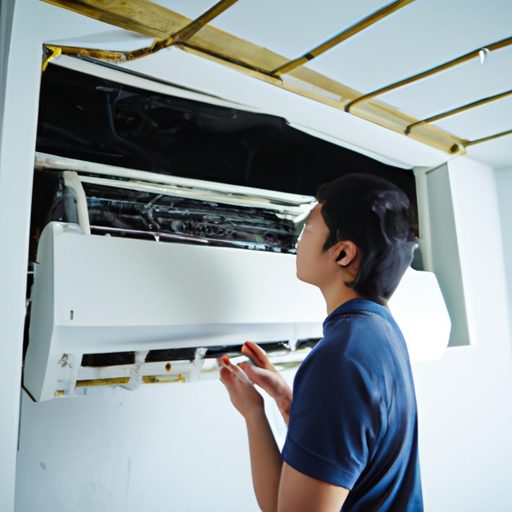
Fault Detection System Analysis Component Testing Performance Evaluation Circuitry Checks Voltage Regulation Temperature Monitoring Pressure Measurement System Calibration Troubleshooting Procedures
Diagnostics
Diagnostics are essential for ensuring a Fault Detection System is running smoothly. Circuitry Checks (CC) and Performance Evaluation (PE) are both critical components to this process. With CC, voltage regulation and temperature monitoring can be closely monitored and regulated to ensure efficiency. PE enables the system to detect any problems that may arise from malfunctions or incorrect settings.
Moreover, Pressure Measurement System Calibration (PMSC) allows for precise readings of atmospheric pressure in order to prevent damage or malfunctioning. Troubleshooting procedures (TP) provide assistance if there are any issues with the system, allowing technicians to quickly identify errors and begin repairs.
All of these diagnostics tools work together to ensure the fault detection system runs optimally - without them, it could easily fail or overheat! Furthermore, they assist with providing invaluable information regarding the system's performance which can help identify potential issues before they cause irreparable damage.
In conclusion, diagnostics play an integral role in maintaining a fault detection system's functioning properly. Without proper diagnostics being conducted regularly, the likelihood of failure increases significantly! Thus, their importance cannot be understated!
Moreover, Pressure Measurement System Calibration (PMSC) allows for precise readings of atmospheric pressure in order to prevent damage or malfunctioning. Troubleshooting procedures (TP) provide assistance if there are any issues with the system, allowing technicians to quickly identify errors and begin repairs.
All of these diagnostics tools work together to ensure the fault detection system runs optimally - without them, it could easily fail or overheat! Furthermore, they assist with providing invaluable information regarding the system's performance which can help identify potential issues before they cause irreparable damage.
In conclusion, diagnostics play an integral role in maintaining a fault detection system's functioning properly. Without proper diagnostics being conducted regularly, the likelihood of failure increases significantly! Thus, their importance cannot be understated!